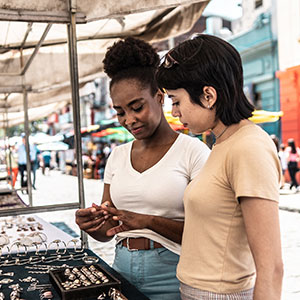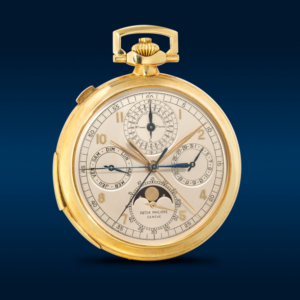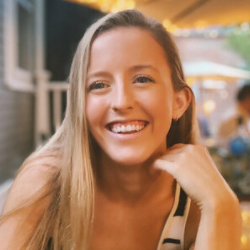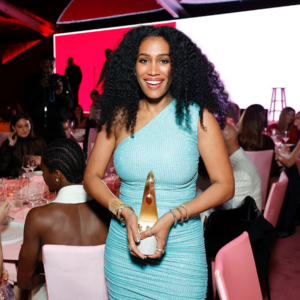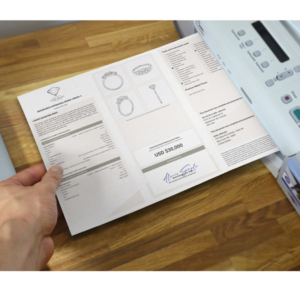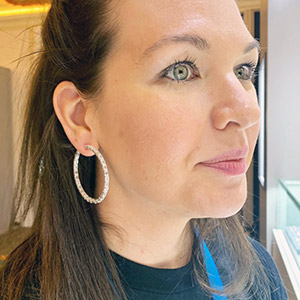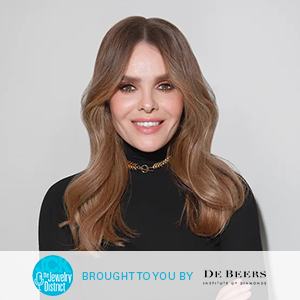
JCK editor-in-chief Victoria Gomelsky and news director Rob Bates talk with Olga Oleksenko, founder of Ukraine’s Strong & Precious Art Foundation. Formed in response to the ravages of war, Olga’s organization is on a mission to boost international awareness of her country as well as its talented jewelry designers, ultimately helping to protect the future of both. Olga discusses symbolism in Ukrainian jewelry, a longstanding tradition that has taken on new importance in the face of war; Joseph Marchak, Ukraine’s answer to Fabergé; and her take on sanctioning Russian diamonds.
Listen Now
Sponsored by De Beers: institute.debeers.com
Show Notes
01:37 From “water” to stones
06:36 Beauty rises from the rubble
09:36 Significant symbols
13:44 Resilient spirit
18:41 The problem with sanctions
19:58 A Ukrainian legend
22:31 Envisioning the future
Episode Credits
Hosts: Rob Bates and Victoria Gomelsky
Producer and engineer: Natalie Chomet
Editor: Riley McCaskill
Plugs: @jckmagazine; institute.debeers.com
Show Recap
From “water” to stones
Victoria and Rob welcome Olga Oleksenko, who founded the Strong & Precious Art Foundation in 2022 to promote Ukrainian jewelry and craftsmanship.
Olga graduated from Kyiv National Economic University with a master’s degree in international economics. After a stint at Ukraine’s largest perfume distributor, which she says sometimes felt like selling glorified “water for big money,” she “decided to go for something solid and truthful” and joined the jewelry world—first as brand manager for Van Cleef & Arpels, then as director of the company’s boutique in Kyiv.
The boutique closed after war broke out in February 2022, and Olga found herself without a job. In those first chaotic months, she thought little about jewelry, but by April she resolved to channel her expertise into doing what she could to help Ukraine. “I came up with the idea of introducing Ukrainian designers to the global jewelry community and, in this way, promoting the whole country,” she says.
She reached out to a contact at the trade show GemGenève. Could it carve out a small space to showcase Ukrainian jewelry? To her delight, the organizers offered her a booth. Brainstorming with GemGenève produced the name Strong & Precious, a title that “reflected the value of Ukrainian talents and their determination to create despite all the challenges of war,” as Olga puts it.
Beauty rises from the rubble
Getting space for Ukrainian jewelers to exhibit at GemGenève was just the first hurdle. The next was transporting pieces from Ukraine and the scattered workshops of Ukrainian designers who had fled the country to Geneva in a few weeks. Victoria says the effort reminds her of “a spy thriller, with many handoffs and trying to get through border points.”
Further complicating matters was a bare-bones budget that left no money to build an eye-catching display. Fortunately, Olga hit upon a twist as inventive as it was affordable: “We broke bricks and placed the jewels on them to remind the audience of how the streets in Ukraine looked after the bombings. It attracted attention, and we made the right statement.”
Strong & Precious showcased 12 Ukrainian jewelry designers on its first visit to GemGenève in spring 2022. The foundation has exhibited at three subsequent GemGenève shows as well as NYC Jewelry Week 2023.
Significant symbols
Victoria asks about the prevalence of symbolism in Ukrainian jewelry. Olga calls it a hallmark of Ukrainian jewelry, a nod to the country’s ancient roots and rich cultural heritage. Some symbols hark back to ancient Trypillia, “one of the most mystical and developed civilizations” in the world at that time (4300–4000 BC). In addition to archaic emblems, today’s jewelers often embellish their work with modern symbols of pride and perserverance. Olga cites Inesa Kovalova’s Links brooch, representing the union between the country’s industrial east and its agricultural west, as well as the emotional bond Ukrainians around the world feel to their homeland. “It’s wonderful that the pieces tell stories without words,” Olga says.
Resilient spirit
Rob asks about day-to-day life in Ukraine. Though Olga has relocated to Florida with her children, much of her family remains in her war-torn country and she returns often. “Many cities are suffering from constant shelling, others might be in relative peace. But the peaceful life in Ukraine is sadly an illusion. The spirit of war is present everywhere,” she says. In spite of this, “you can feel a never-ending resilience and faith in victory everywhere.”
Victoria wonders about the war’s impact on jewelry production. Olga says that during the first months of the invasion, demand vanished, but it is edging back up, particularly in larger cities. With international jewelers shuttering their boutiques in Ukraine, attention has turned to local designers. But because gold and other precious metals are expensive and scarce, smaller designers are focusing on brass, bronze, silver, and recycled gold—and in some cases, more creative approaches. When Kharkiv was heavily bombed, for example, jeweler Stanislav Drokin found himself without materials. Undeterred, he created a brooch with blue titanium flowers on a “branch” made from the metal shard of a Russian bomb. It commanded the highest price in a Strong & Precious charity auction, Olga notes.
The problem with sanctions
When Rob raises the topic of Russian diamond sanctions, Olga’s response is definitive: “Russian diamonds are blood diamonds. It’s one of the few export items that brings huge profit to Russia, together with natural gas and oil. This money is used for the war in Ukraine.”
While she is happy that the G7 is serious about sanctions, she points out that “diamonds from Russia still end up secretly somehow in India, and after they’re cut there, they leave as Indian diamonds. There is no way to technically exercise control over uncut Russian diamonds around the world and prohibit their flow outside Russia.” Still, she remains hopeful the G7 nations will find a solution.
A Ukrainian legend
Victoria mentions Joseph Marchak, arguably the best-known Ukrainian designer, and asks what listeners should know about him. “He was a true visionary,” Olga says. Born in 1854, Marchak became a master goldsmith and a successful entrepreneur, with 92 buildings connected to his production and retail operations in Kyiv. He was unique in not just hiring women but in paying them the same wages he paid male employees. “Both Cartier and Fabergé wanted to open boutiques in Kyiv in pre-revolution days, but they couldn’t compete with Marchak in the local market,” Olga says.
Marchak’s family fled the Russian Revolution, continuing his legacy in France and the U.S., Olga says, adding that Strong & Precious was proud to display pieces by Marchak at GemGenève along with works by contemporary designers.
Envisioning the future
What’s ahead for Strong & Precious? In Olga’s view, “jewelry is art, not craft, and it’s museum-worthy.” As such, “my primary aspiration for our project is to see our exhibitions presented at the most important art venues internationally.” She envisions Ukrainian jewelers showcased at the Musée des Arts Décoratifs in Paris, the Metropolitan Museum in New York, and the Victoria and Albert Museum in London.
“The [Ukrainian] jewelry industry is very young, but it’s led by very talented people and we don’t want the war to take away their future,” says Olga.
Any views expressed in this podcast do not reflect the opinion of JCK, its management, or its advertisers.
Follow JCK on Instagram: @jckmagazineFollow JCK on Twitter: @jckmagazine
Follow JCK on Facebook: @jckmagazine
